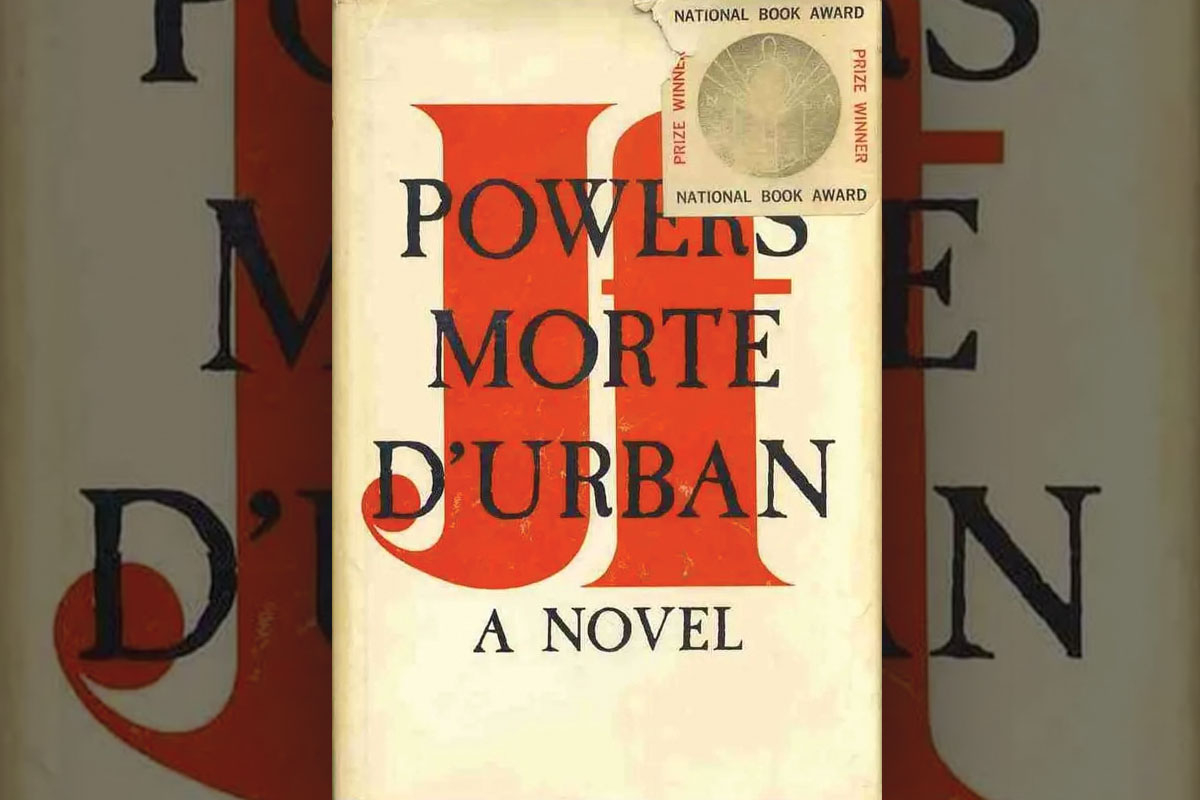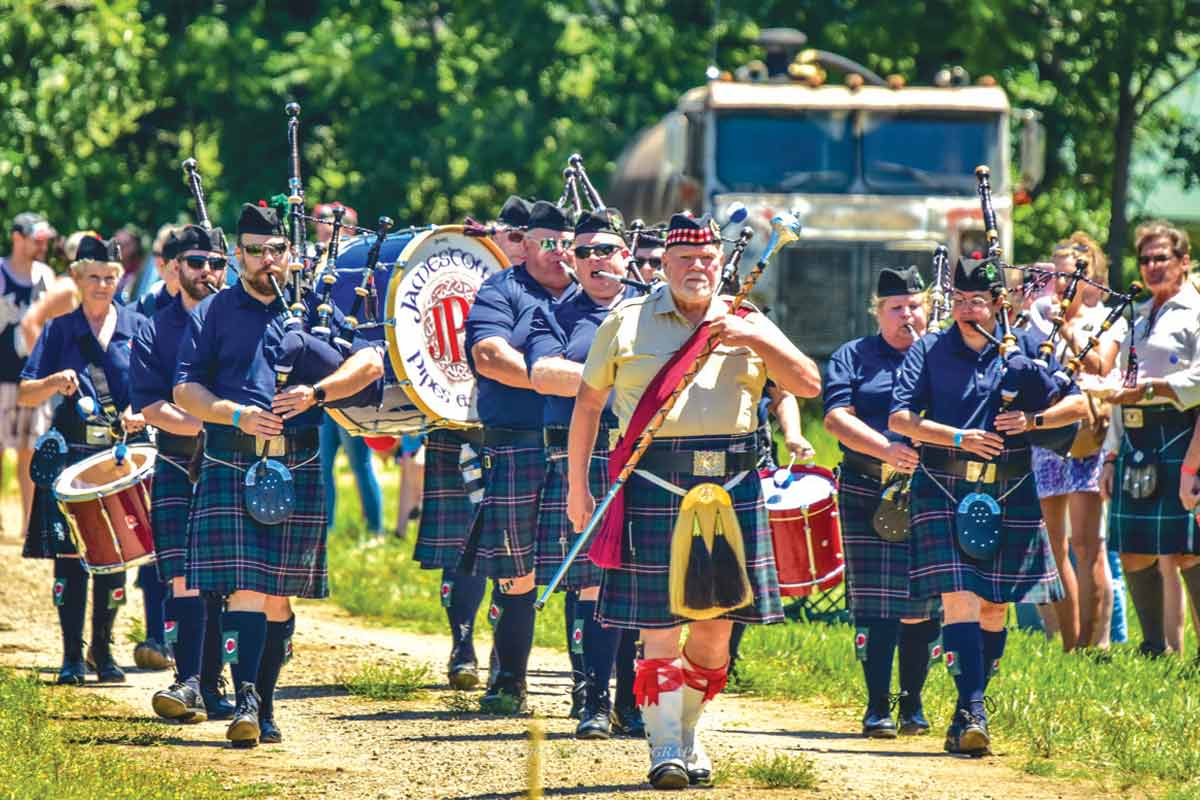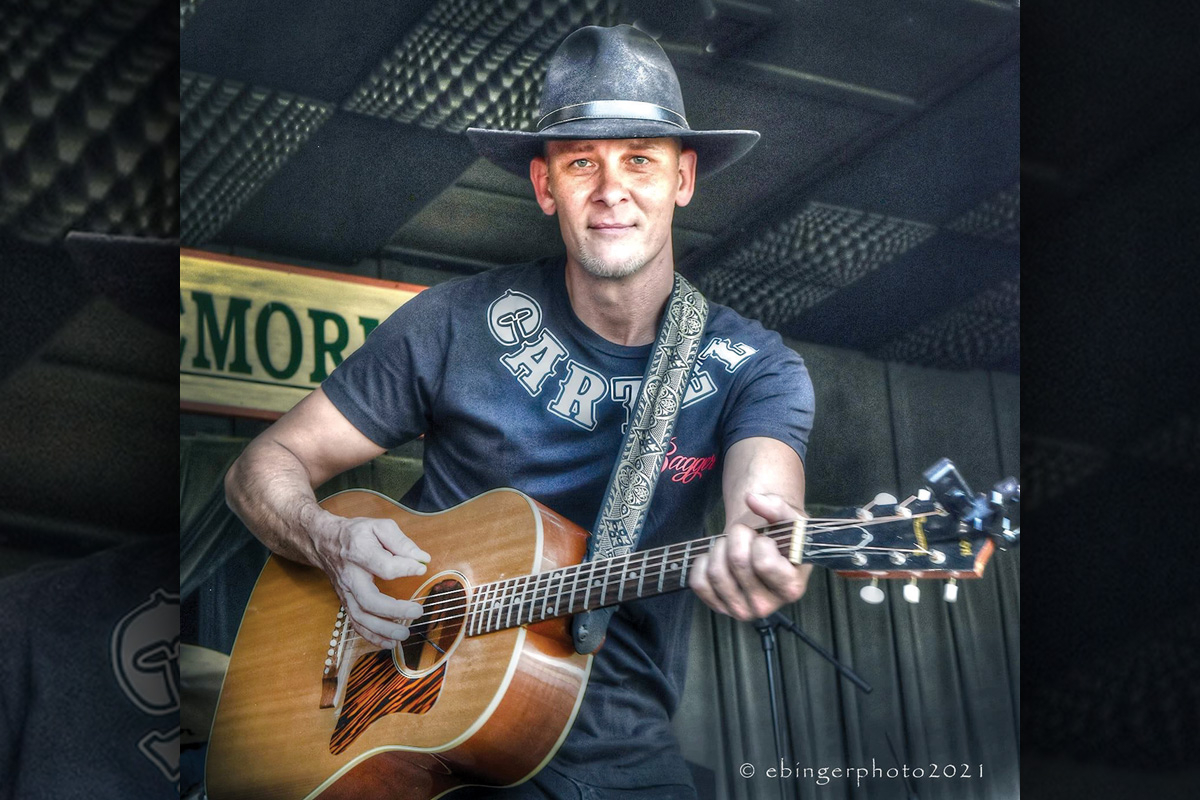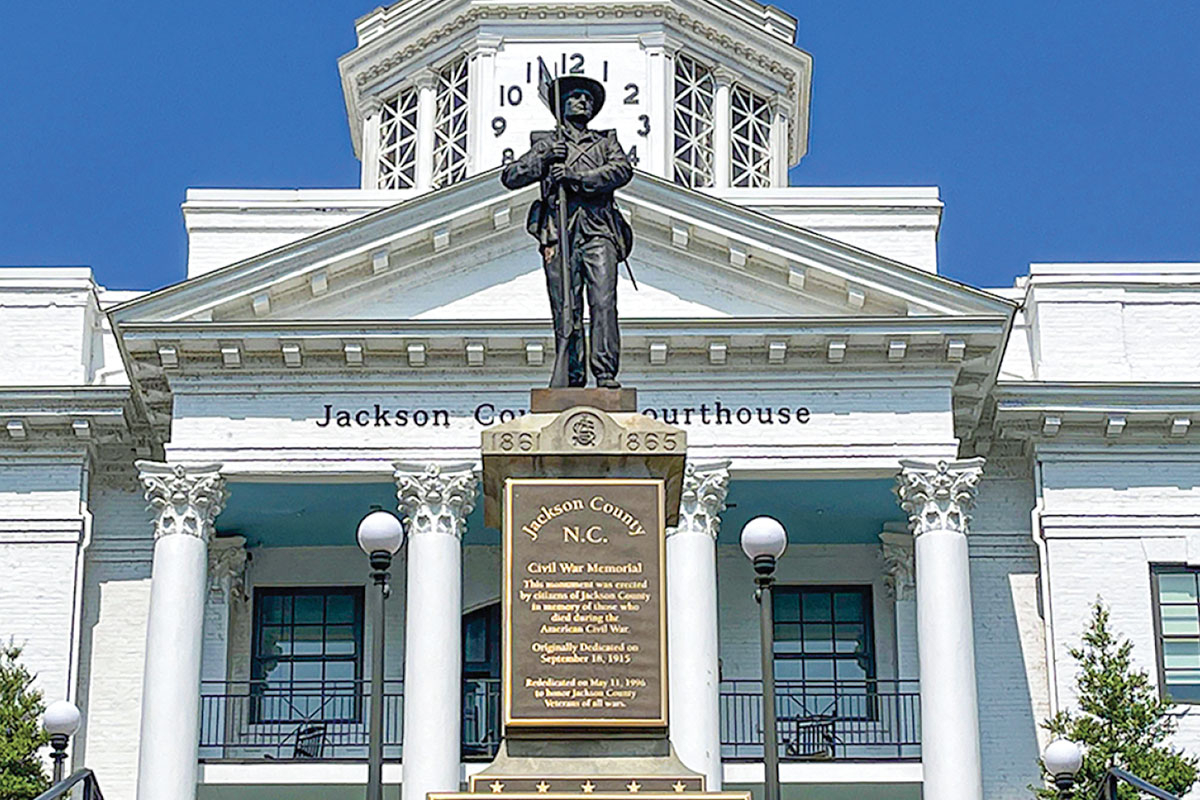Telling Appalachia’s untold stories: Artistic effort aims to celebrate the female side of history
Just as millennia of rain and wind and heat and cold have carved the physical shape of the mountains for which Appalachia is named, so have years of immigration and emigration and peace and war carved the human culture that covers them. Through the centuries, each of millions of lives — men and women, Cherokee and white, black and Hispanic — has added its own chapter to the story.
Appalachian Women’s Museum anticipates pivotal year ahead
It’s shaping up to be a big year for the Appalachian Women’s Museum in Dillsboro. The nonprofit is preparing for its second annual Airing of the Quilts event, will get an artistically designed storytelling installation on its grounds if a grant Western Carolina University is working on goes through, and hopes to start regularly opening its doors to the public during Saturdays summer.
Maggie at 45: looking forward, looking back
Steadfast she stands in a yellow bonnet, wearing the mountain range behind her like a shawl draped upon her blouse of green, one arm clutching the yellow apron atop her red dress and the other outstretched as though waving or beckoning to someone or something unseen off in the distance.
Haywood’s ‘hidden history’: Monument to Waynesville lynching victim could prove controversial
Almost 120 years ago, local newspapers reported two separate instances of attempted rape in Haywood County.
Similarities between the two cases are many. Both victims were young girls under the age of 11, both alleged perpetrators were grown men, both knew their victims, both were apprehended and both were immediately jailed.
Jennie Churchill was anything but a prude
Mrs. Patrick Campbell, famed Victorian actress, was renowned for her sharp wit. On hearing about a sexual relationship between two contemporaries, she supposedly remarked, “My dear, I don’t care what they do, so long as they don’t do it in the street and frighten the horses.”
African-American history at Sunburst oft overlooked
In a county as old as Haywood, there exist all manner of half-remembered places and faces long gone from the physical world yet immortalized through penciled notes on the backs of dog-eared, sepia-toned photographs.
Sunburst, in southeastern Haywood County, is one of those places; the subject of intense historical research, it’s been documented better than most ghosts of Haywood past, but the story of Sunburst has always been short one chapter.
Junaluska’s story as told through historians
Editor’s note: This column first appeared in a February 2002 edition of The Smoky Mountain News.
Every reader of this column has heard of the person known as Junaluska. But what do you really know about him? What is his true significance? I decided to look into the matter. Here’s what I found. The sources I primarily depended upon for this account are cited below.
Sunburst — a short history
It was a struggle from the start — getting in, getting people and supplies up and getting the lumber down — but the mostly-forgotten century-old logging camp now hidden beneath the placid waters of Lake Logan in southeastern Haywood County still casts a long shadow on the area and its inhabitants.
Bethel Rural Community Organization works to preserve the past
After nearly 245 years, Haywood County’s Bethel community remains just a small part of a relatively small county, but the impact the Bethel Rural Community Organization’s had on the area in the last 17 years has been anything but.
We are but a moment’s sunlight, fading in the grass
I was born in the wrong decade.
Or so I often hear from others. Some are musicians or artists, dreamers or history buffs, movers and shakers. Heck, I’ve even felt that sentiment above on many occasions, especially when I was a kid.






















